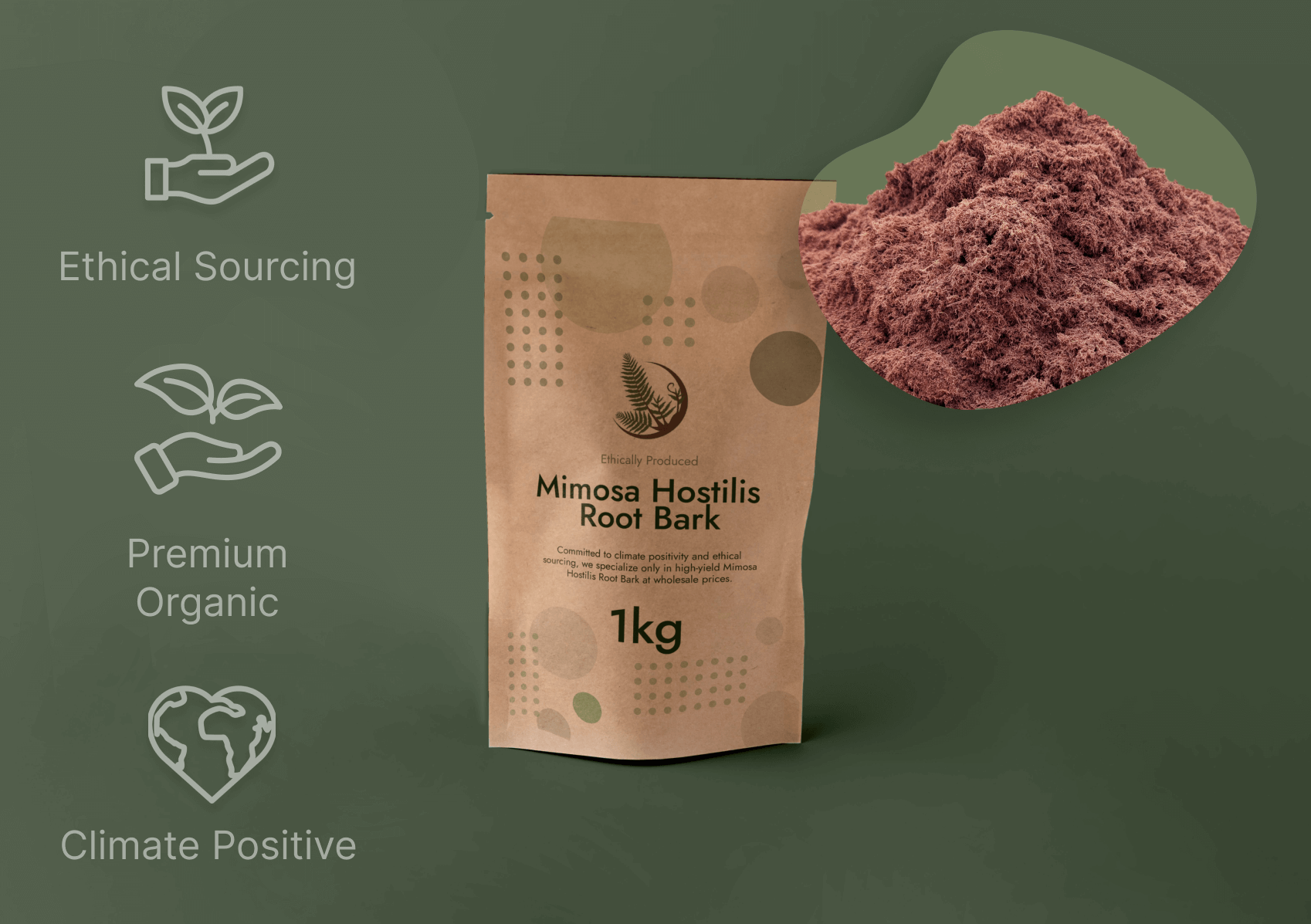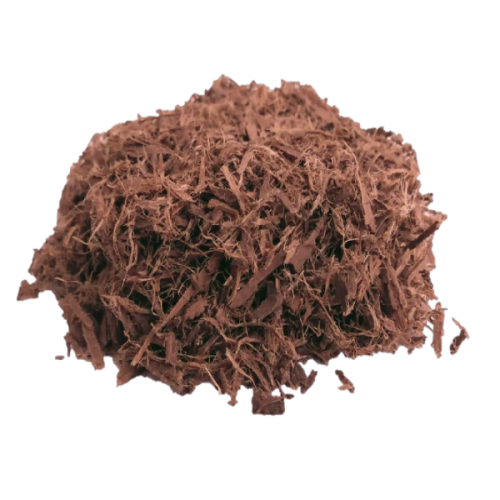Mimosa Hostilis Root Bark: A Information to Origins and Employs
Wiki Article

Mimosa Hostilis Root Bark holds a significant spot in regular tactics and modern-day botanical apps. This informative article explores the traits, origins, and customary inquiries bordering this outstanding plant content, with a specific center on the prized Brazillian Mimosa Hostilis Root Barks.
What exactly is Mimosa Hostilis Root Bark?
Mimosa Hostilis, scientifically called Mimosa tenuiflora, is really a perennial tree native to your northeastern region of Brazil and areas of Mexico. The foundation bark of the tree continues to be utilized for hundreds of years by indigenous communities for various useful and standard purposes. The internal root bark incorporates notable concentrations of tannins, alkaloids, together with other phytochemicals that lead to its unique Houses and applications.
The tree itself is remarkably resilient, effective at surviving in inadequate soils and drought situations. This hardiness contributes to your robust mother nature of the bark and its chemical profile. When harvested sustainably, the outer root bark is meticulously divided to accessibility the precious interior bark, that's then dried and geared up for use.
Brazilian Mimosa Hostilis Root Bark: The Gold Regular
When speaking about high quality in Mimosa Hostilis solutions, the Brazillian Mimosa Hostilis Root Barks are normally considered top-quality within the botanical market place. Numerous variables contribute to this track record:
Optimal Expanding Circumstances
The precise soil composition, climate, and ecosystem of Brazil's northeastern location generate suitable disorders for Mimosa tenuiflora to create its comprehensive chemical potential. The mineral-loaded soils and specific sample of rainfall and daylight in this area look to boost the concentration of active compounds in the foundation bark.Standard Harvesting Understanding
In areas where by Mimosa Hostilis continues to be employed typically, harvesters have formulated sophisticated strategies for sustainable harvesting that preserves each the tree plus the potency with the bark. This understanding, passed down by means of generations, makes certain that the bark is gathered at the appropriate time of year and processed using strategies that sustain its integrity.Unique Physical Traits
Brazilian Mimosa Hostilis Root Bark generally shows a abundant reddish-brown to purple internal bark which has a fibrous, dense texture. The Visible attributes often function an Original indicator of top quality, with skilled consumers recognizing the unique look of bark from this location.
Common Apps and Uses
The programs of Mimosa Hostilis Root Bark span the two common and fashionable contexts, while It can be vital to comprehend the legal status of such uses may differ by nation and jurisdiction.
Traditional Craft and Practice
Indigenous communities have historically utilized Mimosa Hostilis Mimosa Hostilis Root Bark Root Bark for building pure dyes for textiles, Together with the bark developing stunning shades of purple, burgundy, and deep brown. The tannin-abundant Attributes also manufactured it valuable for leather tanning and other sensible programs.Present day Botanical Investigate
Contemporary fascination in Mimosa Hostilis Root Bark extends to varied fields of botanical research, notably learning its chemical composition and probable purposes. Researchers have discovered various intriguing compounds in the bark that warrant further scientific investigation.Horticultural and Agricultural Uses
In permaculture and sustainable agriculture, Mimosa tenuiflora is valued to be a nitrogen-repairing species that may improve soil quality. The bark alone, when processed, may be used to be a organic mulch or soil amendment in selected agricultural contexts.Good quality Evaluation and Identification

For anyone working with Mimosa Hostilis Root Bark, knowledge the way to evaluate quality is critical. Substantial-quality material, especially genuine Brazillian Mimosa Hostilis Root Barks, generally reveals specific attributes:
The Visible visual appearance must demonstrate a transparent difference concerning the outer and inner bark, Along with the internal bark displaying deep, vivid colors. The material must have a attribute earthy, marginally sweet aroma, absolutely free from musty or moldy notes. When processed, the bark should yield a high-quality powder although protecting its fibrous construction until grinding. Correctly dried bark must be brittle although not dusty, indicating suitable humidity articles.
Usually Questioned Questions (FAQs)
1. Exactly what is the difference between Mimosa Hostilis Root Bark from Brazil together with other regions?
Brazilian Mimosa Hostilis Root Bark is usually regarded as excellent due to the optimum increasing ailments in northeastern Brazil, which cause larger concentrations of Energetic compounds. The normal harvesting methods applied On this area also contribute to the general high quality and potency of the ultimate item.2. How ought to I retailer Mimosa Hostilis Root Bark to maintain its quality?
Keep the bark in a neat, darkish, and dry position within an airtight container. Safety from gentle, dampness, and Excessive temperature fluctuations should help preserve the bark's chemical integrity and stop degradation of its Lively elements.three. Is Mimosa Hostilis an endangered species?
No, Mimosa tenuiflora is not at present mentioned being an endangered species. In truth, It is known for its resilient advancement and ability to thrive in tough ailments. Nonetheless, dependable harvesting techniques remain necessary to make sure the sustainability of wild populations.4. Am i able to expand Mimosa Hostilis outside of its indigenous habitat?
When Mimosa tenuiflora thrives best in its indigenous tropical weather, it may be cultivated in very similar environments. The tree requires perfectly-drained soil, a good amount of daylight, and defense from frost. However, the chemical profile of cultivated specimens may perhaps differ from wild-harvested Brazilian content.5. What is the authorized status of Mimosa Hostilis Root Bark?
The lawful status differs noticeably by state and jurisdiction. In a few locations, the raw bark is legal to have, while in Other people, particular extracts or preparations could possibly be regulated. Often investigate and adjust to area rules and regulations prior to obtaining or making use of any botanical material.Being familiar with Mimosa Hostilis Root Bark, especially the premium Brazillian Mimosa Hostilis Root Barks, calls for appreciation of its botanical characteristics, conventional context, and suitable applications. Whether or not for exploration, craftsmanship, or botanical study, this extraordinary plant substance proceeds to get a issue of curiosity across multiple fields, nevertheless usually within just suitable lawful and ethical boundaries. Report this wiki page